The TL:DR version of this long post about the new Xiaomi Mi Max phone is this: great phone especially considering its asking price and in my opinion, the best all-round Phablet at this price-point. But it’s also just too large for most people to use as a primary phone.
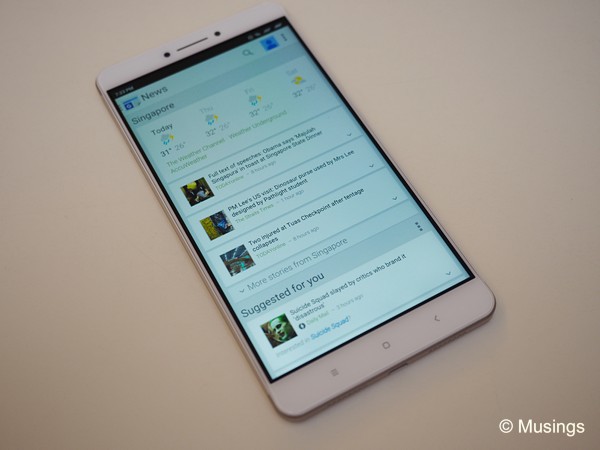
That out of the way, here are my further-on first impressions of the Mi Max!
The Max isn’t a one-hand phone… for the most part. You can hold it comfortably with one hand and do the usual scrolling and button tapping – just so long as the button’s icon isn’t past the imaginary horizontal midpoint of the phone. So, reading a long web page is fine since you can scroll, as is clicking on links.
Even though it has a 6.44″ screen and this is the largest phablet I’ve owned so far, there’s little wasted space form factor-wise. Bezels are thin though there’s an approximately 1.5mm black border around the screen which will likely not appeal to many. Nonetheless, the phone could had been even larger and thicker than this, more so considering the huge 4850mAh battery it packs in. Bottom line, it’s a large phone – but might had been even larger.
I especially also like that the phone offers dedicated keys for phone navigation. Many phone manufacturers implement onscreen keys instead. The jury is still out between onscreen and dedicated keys, but I prefer the latter by far. Onscreen keys eat into the actual usable screen area – in that a phone with a 6″ display with onscreen keys would typically have maybe 5.7″ usable area then.
Build quality is very premium for its price, and is similar in overall styling to the most recent iterations of the iPhone. One reviewer remarked though that the Max bends with just a bit of pressure, but I found no such characteristic on my unit of the phone. Granted, it’s not as dense or rigid as the Note 5, and given the phone’s thin girth the Max might indeed bend or even break under severe pressure, but it’s just doesn’t creak under normal use in my case. Bottom line: for just about S$280, I got a phone that’s akin externally at least to what I’d get if I paid thrice that.
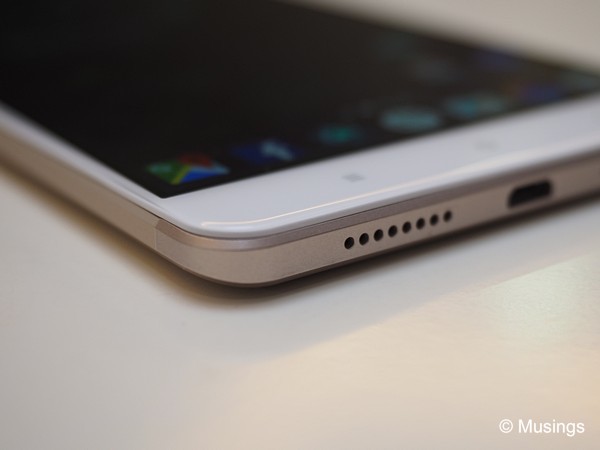
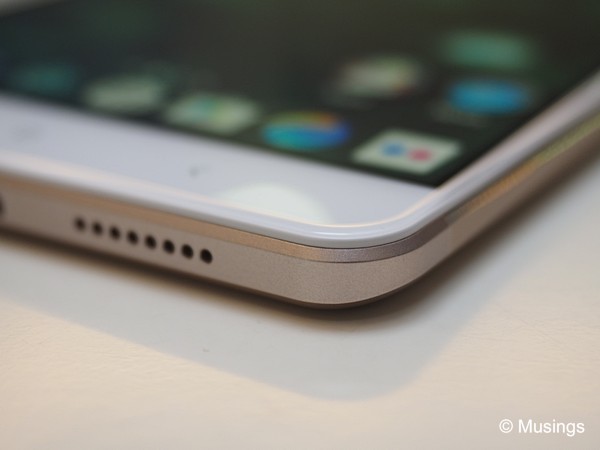
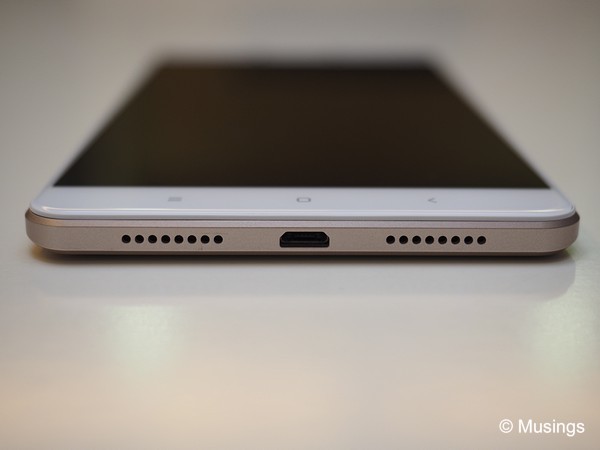
Battery life is amazing! I left it 100% fully charged before turning in for the night. Six hours later, the battery had dipped just 1% to 99%. Right like a champ.
The fingerprint sensor is very responsive and quick. I liked the Mi Note 3’s fingerprint sensor, and the Max’s implementation of it is equivalent. There’s one minor annoyance though: the sensor is placed fairly high on the back of the phone, and I have to fidget around to find it when grasping the phone. It would had likely worked better if the sensor had been sited lower on the back.
The Max – gold edition in my case – has a textured back that makes finger smudges a non-issue. Totally unlike the Note 5’s reflective glass back – which is also a magnet for prints and feeling like you’re holding a bar of soap at all times. The Max’s chamfered edges gives one some grip on the phone, but I highly recommend a non-slip case for this nonetheless.
The Full HD screen – as in 1080×1920 pixels – is fine for general usage, but the lower resolution is also apparent in selected apps – e.g. Facebook, Whatsapp. The display advantage of a Quad HD screen of 1440×2560 pixels, e.g. that on the Samsung Galaxy Note 5, is apparent in those apps.
Maximum screen brightness higher than the Mi Note 3 but lower than the Samsung Note 5’s – which will make outdoor use in direct sunlight a little problematic. Screen viewing angles though are decent, and outdoor use in the shade is still fine.
Phone performance-wise; I’m not a mobile video gamer, so the performance aspects of the phone’s GPU aren’t of much concern for me. The phone feels brisk enough with page navigation, and launching of the general suite of apps that I use.
As for a couple of first oddities:
The touch screen seems very occasionally finicky for selected apps. Pulling down to refresh my Facebook newsfeed requires several tries.
No NFC. I’ve started using Samsung Pay on the Note 5 and love it. The absence of NFC support for the Max means that it’d be hard for it to be a primary phone.
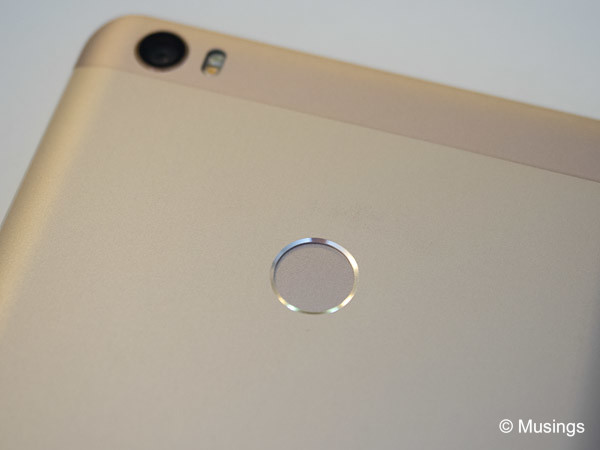
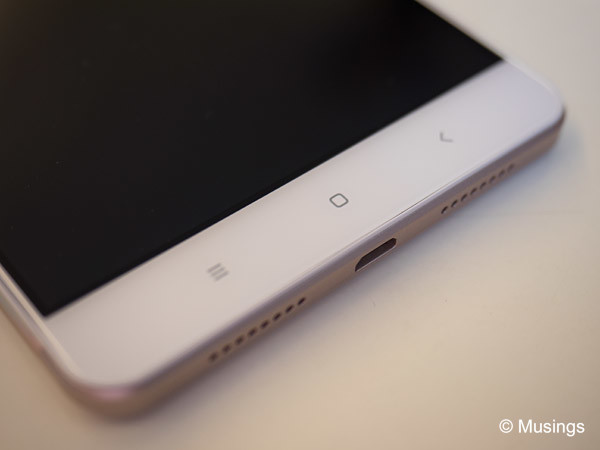
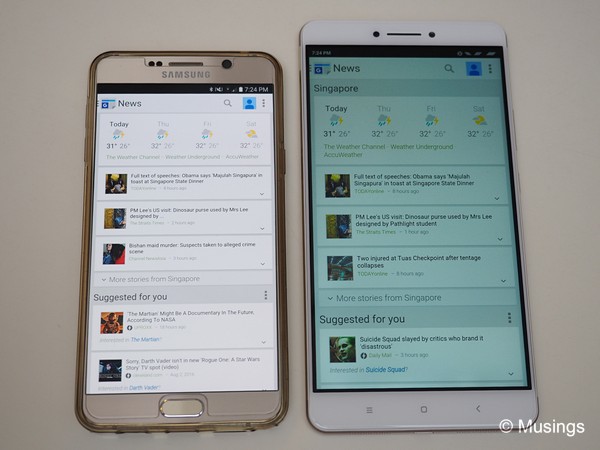
Recent comments